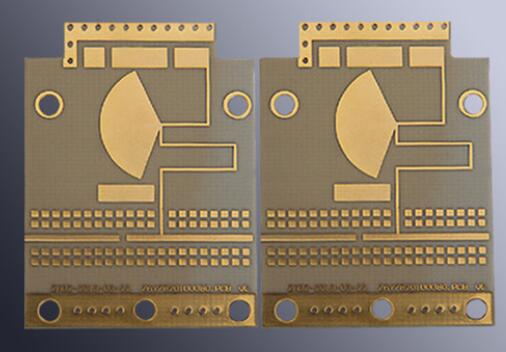High-frequency growth trend downward PCB board selection plan
The high-frequency growth trend is downward. The PCB board selection plan: In recent years, as the use of 5G, WiGig, automotive radar and microwave backhaul has become more and more widespread, the growth of high-frequency signal transmission has become more frequent.
Millimeter wave technology is becoming a hot technology. It is envisaged that engineers and scientific researchers urgently need simple and easy-to-use processing plans to efficiently develop these new technologies.
In Kerri, Rogers Corporation (Rogers Corporation) advances the advanced interconnection processing plan, the Asian market growth manager of the Miracle Department, Yang Xi, took over the interview with the reporter of the microwave radio frequency network, introduced the new products that Rogers is about to launch, and shared the high frequency of the different use. Material selection plan.
Microwave Radio Frequency Network Yu Weirong (left) and Rogers Advanced Interconnect Processing Project Miracle Department Asian Market Growth Manager Yang Xi (right) The millimeter wave frequency scale is 30-300GHz, and the bandwidth is up to 270GHz, which greatly surpasses the spectrum capital of lower frequency bands. sum.

This will undoubtedly have great appeal in the future when spectrum capital is serious. However, it is a huge challenge to find printed circuit board (PCB) materials with excellent performance and suitable price in this frequency band.
Different use of high-frequency PCB board selection plan
Yang Xi pointed out that in order to cope with the increasingly fierce market cooperation, when selecting high-frequency PCB boards such as millimeter waves, electronic engineers must adopt a compromise between material performance, reliability and cost in accordance with different utilization requirements.
Rogers has more than 49 years of experience in the printed circuit board industry, and a rich series of high-frequency materials can meet the needs of different applications.
Regarding high-frequency utilization, Yang Xi recommended Rogers’ response products according to different needs: RT/duroid? 5000 high-frequency laminate, RT/duroid? 6000 high-frequency laminate and TMM?
Thermosetting microwave laminates are particularly suitable for use in highly reliable millimeter wave applications.
The matching characteristics of these materials are excellent electrical performance, extremely low consumption and precise dielectric constant (DK) and thickness.
RO3000? Laminate is the ideal choice for millimeter wave applications that demand harsh consumption. RO3000? is a PTFE composite material added with ceramic fillers. It has excellent electrical performance, via reliability and first-class insertion consumption.
Its dielectric constant is constant relative to the length of temperature transition. RO3000? has a low Z-axis thermal shrinkage coefficient (25ppm/C), which can be used for multi-layer board pressing.
RO3000? series are suitable for automotive radars, cellular communication systems-power amplifiers and antennas, radio frequency components, E-band point-to-point microwave communications, etc.
RO4000? Laminate is a radio frequency sheet that is easy to process and has an aspirational hardness. RO4000? The material provides strictly controlled dielectric constant and consumption.
The low Z-axis thermal shrinkage coefficient improves the reliability of the vias in the multilayer board design, and the thermosetting resin can be mixed with FR4 quickly, which improves the flexibility of the product design. It is designed for the multilayer board power amplifier and antenna. Imagine offers options.
RO4000? series have been widely used in cellular base station microcomputer station antennas and power amplifiers, point-to-point microwave communications, automotive radars, RFID tags, etc. .